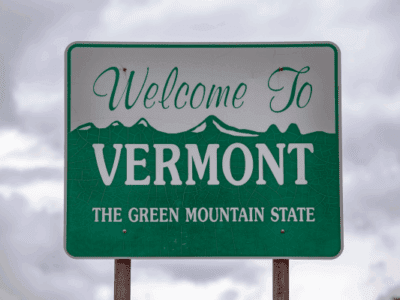Environmental Property Rights: Part I
This is the first of a four part series on environmental property rights (EPRs). EPRs are property rights that are designed to help protect the environment. They are either rights to prevent environmental degradation or limited rights to impair the environment. A couple of examples may help explain the concept.
1. The Public Trust Doctrine. Perhaps the EPR with the deepest historical roots is the public trust doctrine, which limits the development rights of public and private owners of certain lands (particularly those under or adjacent to waterways.) The public trust doctrine empowers members of the public to sue to prevent interference with their right to access, use, or enjoy water bodies (and in some states, park lands).
2. Tradable Permits. These are pollution allowances, in a cap-and-trade scheme, which allow a firm that reduces its emissions to profit by selling its allowance. These allowances can be sold to other present or prospective dischargers, or to non-dischargers entering the market for speculative or environmentalist purposes. Because total emissions are capped, the trading scheme provides a way of lowering the cost while still achieving society’s environmental goals.
As we will see, EPRs have been blossoming in recent years — there are now at least nine different kinds, many of which are in widespread use. “Property rights advocates” seem to think that property rights and environmental rights must conflict. But EPRs show that property law can actually be a very positive force for environmental protection.
For a more detailed discussion of EPRs and citations, see this paper.
Next time: 7 more kinds of environmental property rights.
Reader Comments
One Reply to “Environmental Property Rights: Part I”
Comments are closed.







As a waterfront property owner in King County Washington (I own to the middle of May Creek) I am not permitted to do anything in the 300 foot buffer along the creek. I can walk (and that is all) on the 65% of my land that is native growth set aside but not on the buffer or in the creek itself.
Does the Public Trust Doctrine mean that I can walk on my neighbors’ buffers?